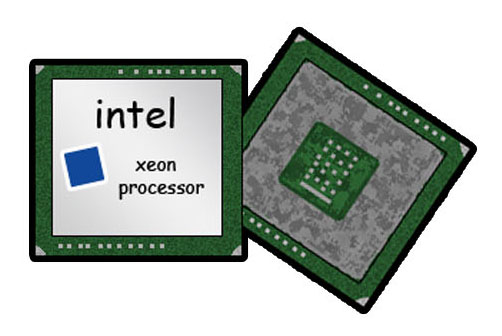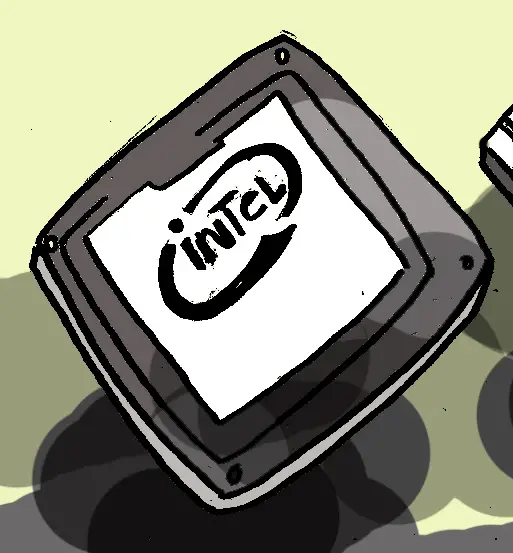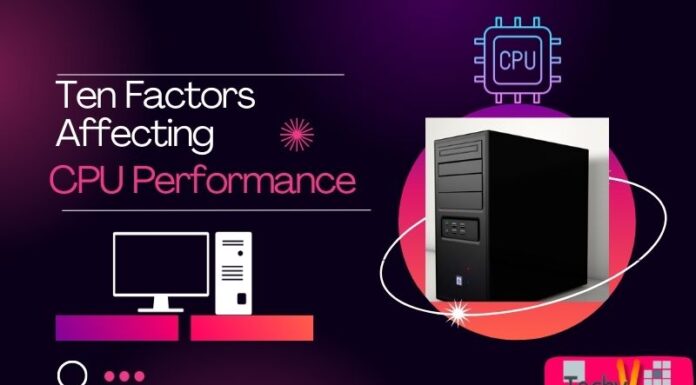Intel vs. Amd processors
Both AMD and Intel processors possess certain good qualities and they continue to dominate the market as the manufacturers remain consistent in introducing new, even better and competitive technologies.
Main categories and technical details of Intel and AMD processors
Intel
There are three main categories in the Intel range of processors namely the basic, mid-end and high-end, each featuring two products except the high-end category which comprises three products. Let us look at the three categories in detail.


The high-end category
Making up the high-end category is the Core (i) series which includes the Intel i3, i5 and i7. Core i5 and i7 are 64-bit processors and they come with 2, 4 and or 6 capacities (6 are only available in Core i7). All the three (Core i3, Core i5 and Core i7) feature Hyper Threading while the Core i5 and Core i7 come with the Turbo Boost Technologies as well which enhance processor performance in addition to boosting important aspects like consumption of power, temperatures and number of cores that are active at any time.
The mid-end category
The mid-end category comprises the Intel Pentium Dual Core processor and the Core 2 Duo processor which contains two processing cores, popular for increasing both multimedia and gaming output. The Intel Pentium Dual Core uses the Core micro architecture and is known to produce excellent output for multimedia.
The basic category
The basic category in the Intel range is composed of the Intel Atom, the Intel Centrino and the Intel Centrino Duo. The Centrino types are best suited for small laptops as well as mobile computing. Whereas the Intel Atom is customized such that its power consumption will be low as compared to the others though its processing capacity is limited to some extent.
AMD
Like the Intel processors, the Amd processors also have basic, mid-end, and high-end processor categories in their range with three types of processors in each of the three categories as follows.
The high-end category
Phenom II X2, Phenom II X6, and Phenom II X4 make up the high-end category of the Amd processor range. Phenom II X2 is economical with a 2-core capacity. Phenom II X6 is designed for extremely high performance levels and is actually the very first six-core processor to be produced by AMD. Phenom II X4 contains Phenom II X6’s quad-core chips which help produce superior quality for multimedia and other related applications.
The mid end category
The Amd mid end category comprises AMD Turion II Ultra, AMD Turion II, plus the Phenom II X3. The Turions have been designed with focus on high quality multimedia output and often come with ATI or AMD graphics. Phenom II X3 has a 64-bit capacity, customer class 3-core processor, and equally designed for best output.
The basic category
The AMD Athlon Neo, AMD Sempron, and the AMD Athlon Neo X2 make up the basic processors in the Amd brand range. The two Athlons (Neo and Neo X2) have lower processing capacity and they are commonly found in nettops and netbooks. The AMD Sempron has great use in laptops and desktops of low budget and is the kind of processor that is essentially suitable for really basic computing operations like office and email functions or moderate internet browsing activities.
Different Variants
User-based requirements
Both Intel and Amd processors perform differently on different aspects like power consumption, speed, pricing, multimedia and games. Intel processors are generally more efficient in power consumption, faster in performance speed but tend to be highly priced and are not very efficient in operations involving multimedia and gaming. AMD brands on the contrary are less efficient when it comes to power consumption, not as fast as Intel in performance speed, tend to be low priced in most cases and are better for multimedia and gaming owing to their faster clocking. In addition, Intel processors can run cool for a long duration unlike the AMDs which can heat up really fast.
Memory
Intel processors have more LVL 2 cache memory than AMD processors. This is a particularly crucial factor especially for users intending to use their machines like laptops for functions such as editing music or Photoshop. LVL 2 cache memory is found in the CPU and the more one has, the higher their performance for these operations will be. AMDs have better LVL 3 cache memory when compared to the Intel. The LVL 3 memory is situated off the CPU but fortunately it has in-built technology that makes it possible for the memory to function as though it is residing in the CPU, like the LVL 2 memory. This implies that the Intel processors don’t have any huge advantage over the AMD processors as far as the significance of memory is concerned.
Overall rating and what to choose
Generally, neither the Intel nor the AMD processor brands can be singled out exclusively as the number one processor, at least when all the significant aspects of processing are taken into consideration. Both have strengths as well as weaknesses in different aspects depending on the designing elements that have been incorporated at the manufacturing level. However, either can definitely perform better than the other in certain environments depending on what kind of activities they are exposed to. The Intel processors for example will be the best choice for activities that require long hours like hard programming. The Intel processors can also be suitable for users seeking to achieve faster speed or more efficient power consumption. The AMD processors are certainly the best for light computing activities.
From a purely economic point of view, without laying much emphasis on other factors, the AMD processors will win because they are generally low-priced as compared to the Intel brands. From a technical point of view, the AMD is appropriate for normal use like just surfing the internet while for advanced uses like servers databases and similar applications, the Intel processors would be appropriate.


















